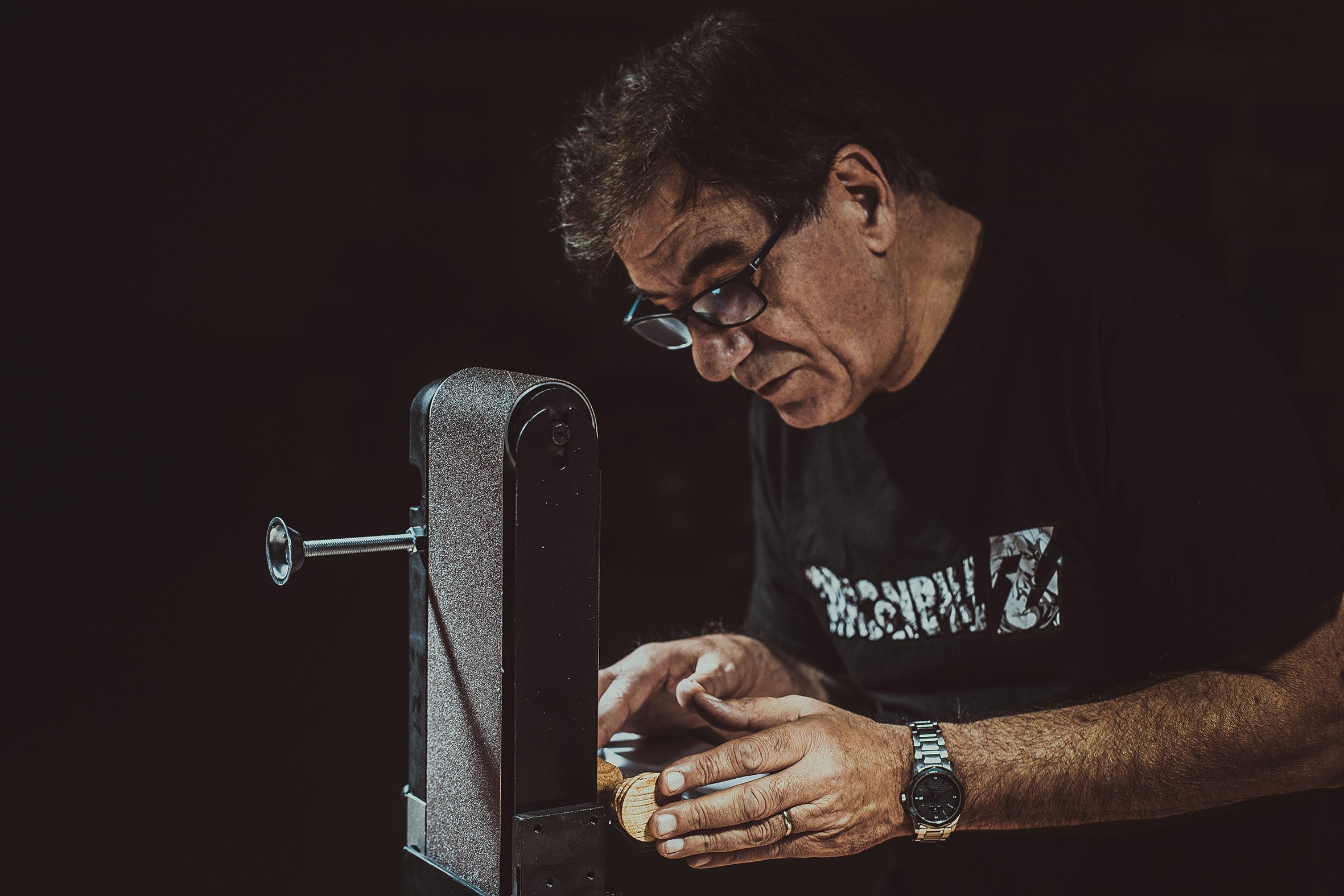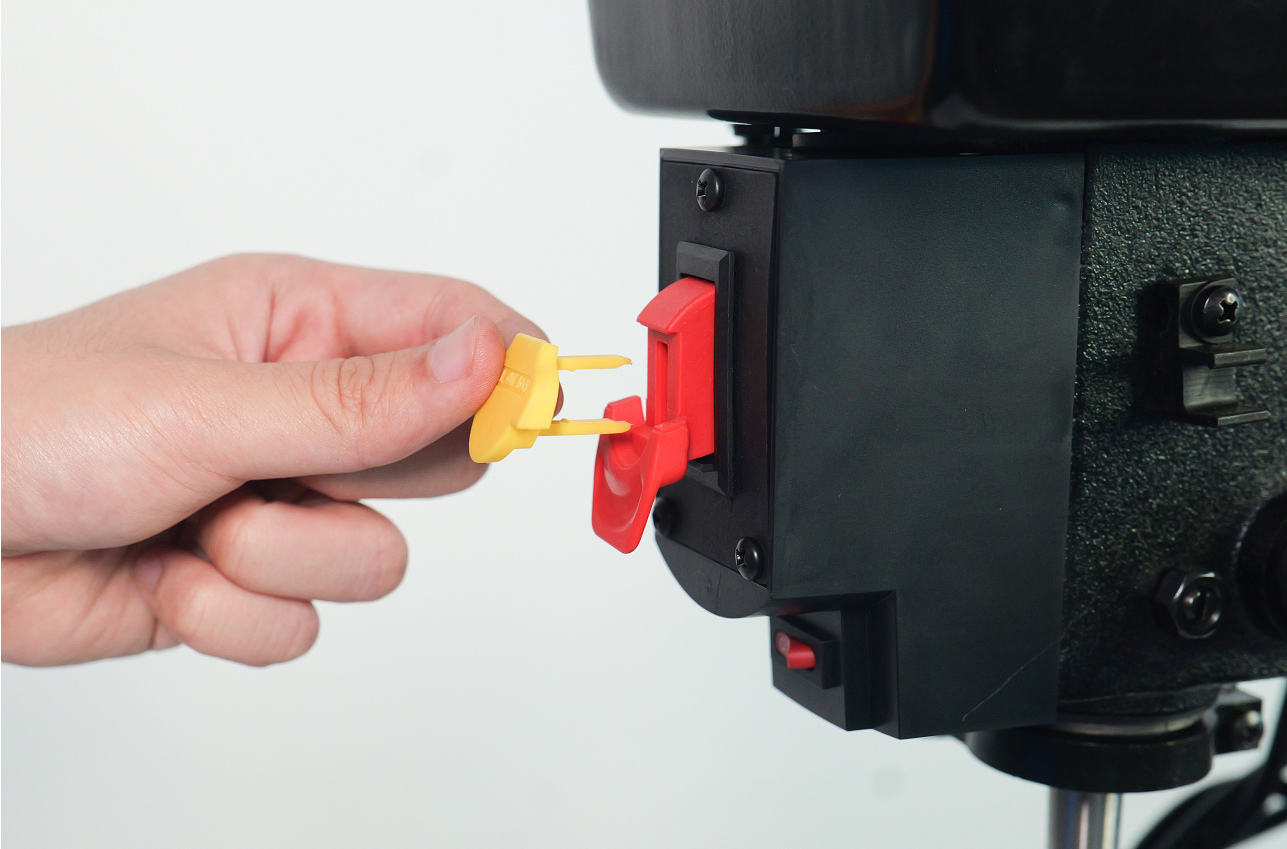
How to choose a disc sander?
SANDING DISCS
There are many different types of sanding discs available depending on the kind of work you need the belt sander to perform. For example, a resin fiber disc is suitable for grinding, deburring, and finishing metals, while you want a disc sander that can take flap discs for smoothing out welds and removing rust.
POWER NEEDS
A concern for many when buying a disc sander is that the tool they buy produces enough power for the job. This is a big deal for those in the fabrication industries because they need to be sure their tools can handle the extra speed required when working with metal. Machines that produce more power also cost more, so really understand your needs to avoid wasting money with an option that over or underperforms.
DUST CAPTURING
Visibility is crucial when working on any project with power tools, especially one that produces large amounts of dust. Many disc sanders come with a dust collection feature, providing you with a better view of what you are working on. These devices often come with a slot that will enable you to hook up a shop vac to the tool itself to keep your workspace clean.
ABILITY TO TILT
The last thing to consider for how to choose a disc sander is the degree to which you can angle the sanding disc. Many disc sanders give you up to a 45-degree angle,these angles allow for more precise work in places that are often difficult to reach.




